Introducing Sound Travels (2023)
Description
Sounds capture attention. Sounds of all sorts (from bird song to bus noise) can change how we learn and interact in different settings. Researchers and partners explain the significance of the research and its origins.
NSF Award: 2215101
Discussion
This discussion took place during the TERC Video Showcase Event Nov. 14-21, 2023. Discussion is now closed.Presenters
Lead Presenter
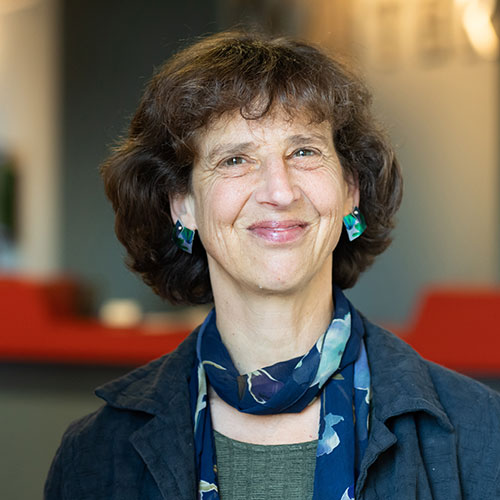
Martha Merson
TERC
TERC
Co-Presenters

Justin Meyer
COSI’s Center for Research and Evaluation
COSI’s Center for Research and Evaluation
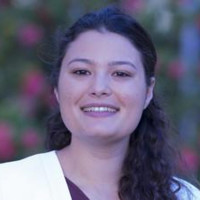
Elise Levin-Güracar
TERC
TERC
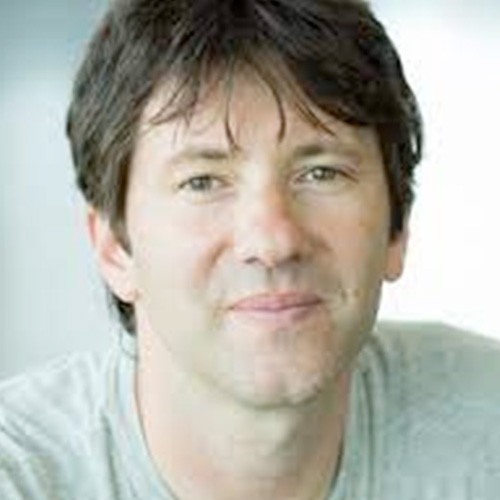
Nickolay Hristov
TERC
TERC

Daniel Shanahan
Northwestern University
Northwestern University
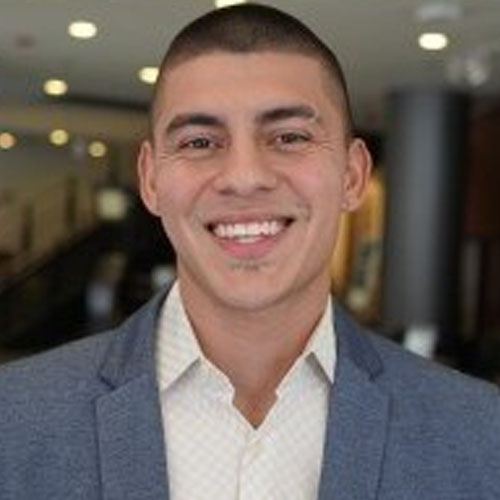
Cesar Almeida
Faith in Place
Faith in Place

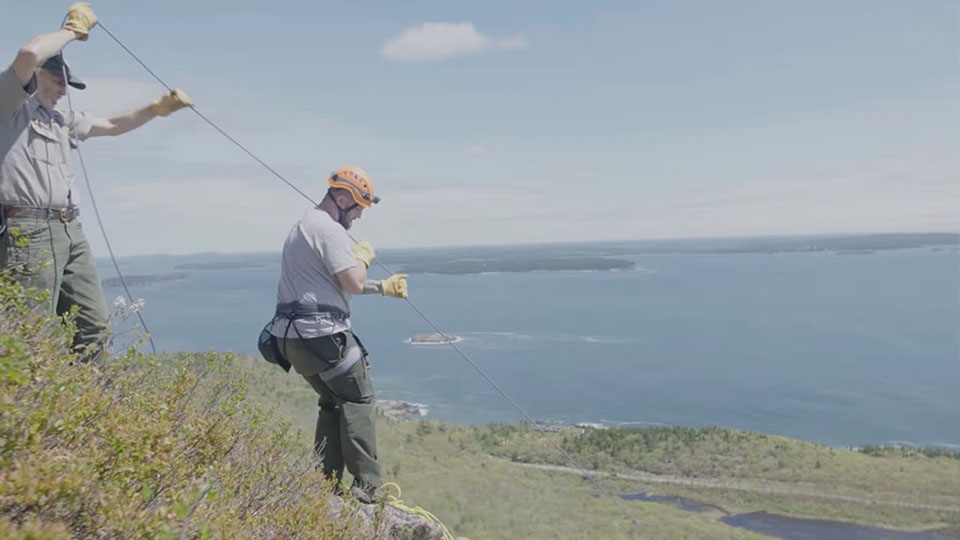
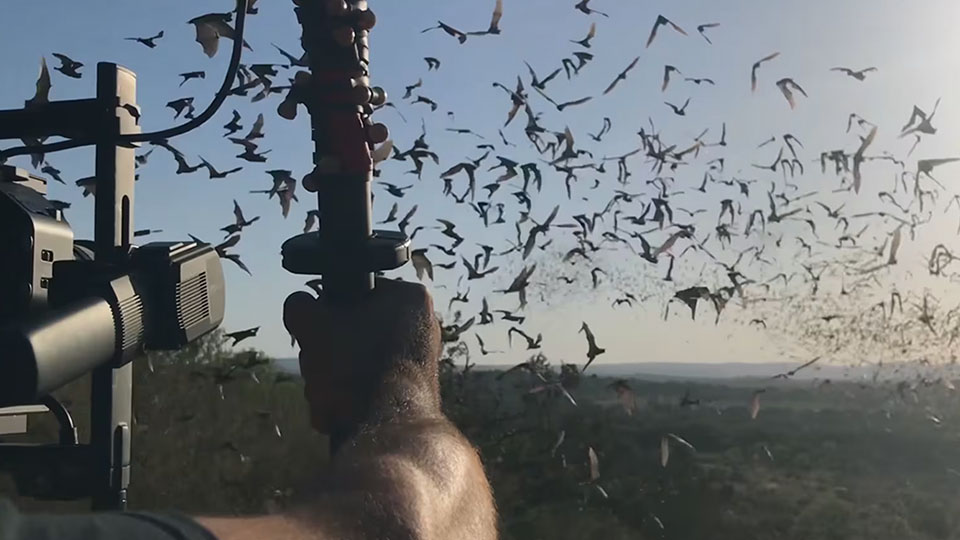
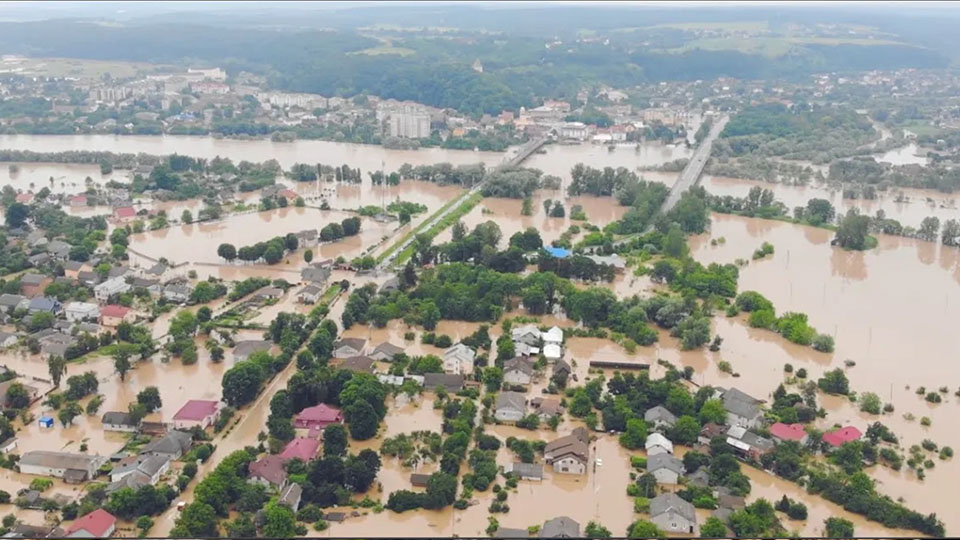
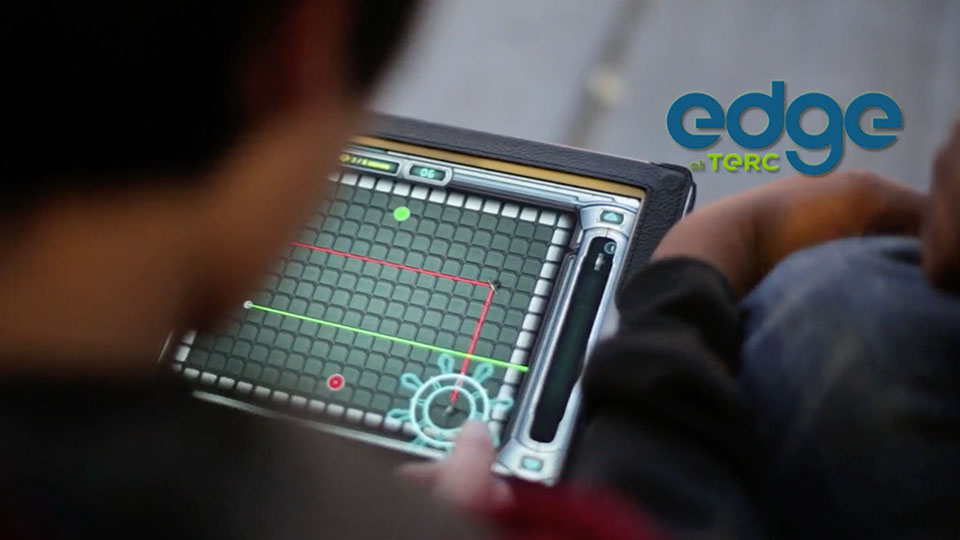
Feels so complicated. Over our lives, we have experience with diverse surroundings. Which experience is the one most likely to affect one’s attention and social learning during a trip to the zoo or a park? We will be doing some walk-along interviews and likely doing some surveys as well at various informal learning institutions. Hopefully we’ll figure out some non-burdensome ways to get a sense of what visitors are reacting to.
Based primarily on sound, what was going on? Was the temperature changing? Were there living things around while it snowed during the night? Could visual evidence confirm what we thought happened based on sound? Could we create a sound and sight snow storm event in the classroom to share with others? The focus on sound took us all into a world that surrounds us but remained unexplored and not very well-understood. A recording of icicles dripping led the class into a highly engaging study of their immediate environment. Thank you for the reminder.
I am obsessed these days with the ways our bodies collect auditory information. The sound and tactile experience of footsteps tells me about the season (leaves or ice crunching), recent precipitation (squishy sounds), the geology (gravel or sand), and human interventions (asphalt??).
One of our Detroit partners will be leading walks and meditations that connect breath and body to natural and other sounds in the environment. I’m looking forward to reading participants’ reflections.
From the perspective of the use of video to tell stories, I can’t help but also think about what Jim Galdos has always shared in his videographer webinars – that sound might be the most technically important aspect of these videos (when drawing people in). I think he says that ‘eyes can tolerate a lot, ears not so much.’ Your video certainly drew me in (and put me into a peaceful place)!
https://blog.terc.edu/sound-travels-columbus-ohio